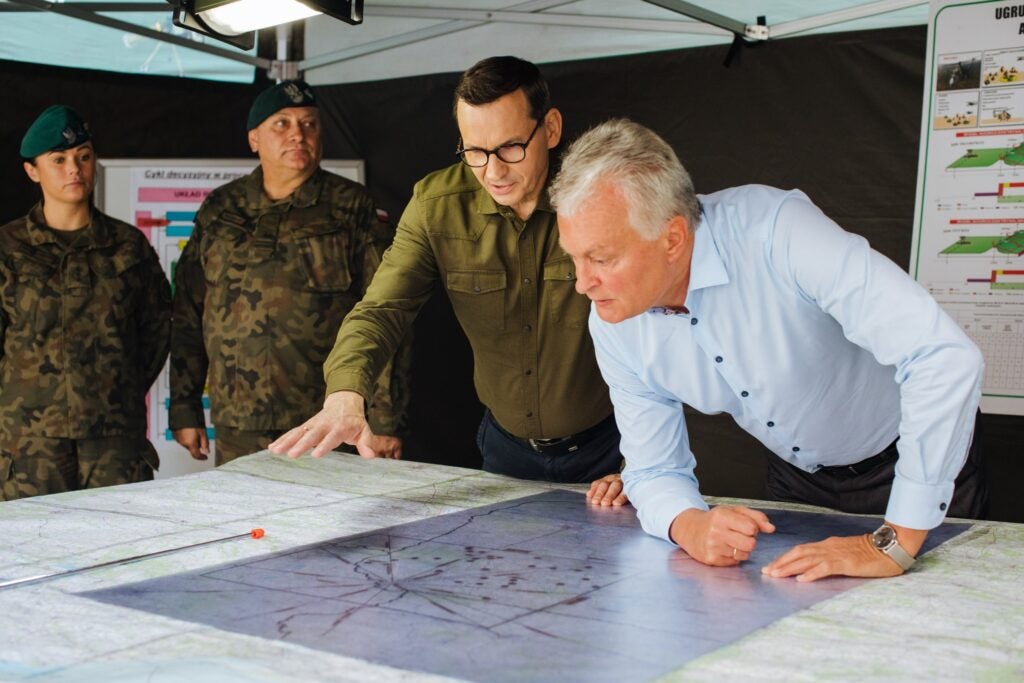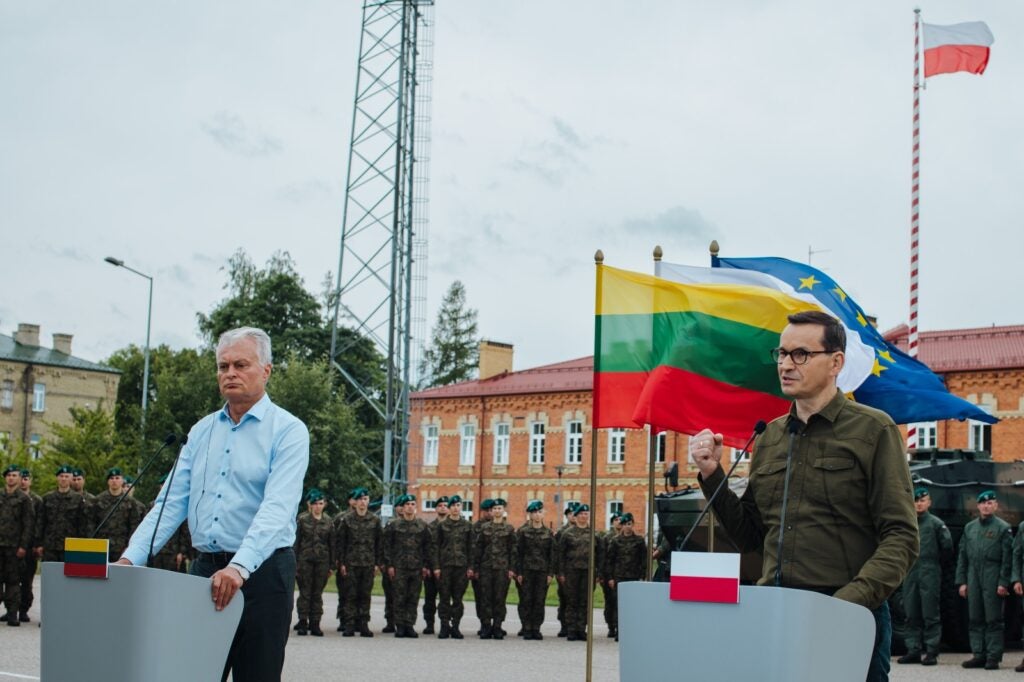Polish Prime Minister Warns Of More “Provocations” From Belarus
Poland’s Prime Minister, Mateusz Morawiecki, warned of the potential of more “provocations” from Belarusian territory on Thursday, days after Belarusian helicopters intruded into Polish airspace.
During a visit to a Polish Army base in Suwalki with Lithuanian President Gitanas Nausėda, Morawiecki claimed that Wagner mercenaries were being moved to NATO’s eastern flank to destabilize it. In a statement released after the meeting, Nausėda said that Lithuania was closely monitoring the situation, and was ready to counter any security threats.
The visit to the 14th Suwałki Anti-Tank Artillery Regiment’s base follows accusations on Tuesday by the Polish government that a Belarusian Mi-8 and a Mi-24 had intruded into Polish airspace. The accusations followed an initial denial from Warsaw that the helicopters recorded and photographed by Polish residents near the border with Belarus had crossed the border. The Polish military subsequently said that the low altitude of the helicopters caused the intrusion to not be detected on radar at first.

The Belarusian regime of Alexander Lukashenko has denied that its helicopters crossed the border, with the defense ministry accusing Warsaw of changing its mind “apparently after consulting its overseas masters” in a Telegram post. However, volunteers with the Belarusian Hajun project, monitoring the movements of Belarusian and Russian military equipment and personnel throughout the country, say that the crews of both helicopters involved met with Belarusian security forces after landing, with both helicopters subsequently transferred to a base in central Belarus.
According to the project, the helicopters involved were part of Lukashenko’s security detail for a trip to his Viskuli residence near the border with Poland, increasing the likelihood that the intrusion was a mistake rather than a deliberate provocation.
Following the intrusion, Warsaw has announced that it will be further reinforcing Polish troops positioned along the border with Belarus, including helicopters that will be “ready for combat” once deployed to the region.

